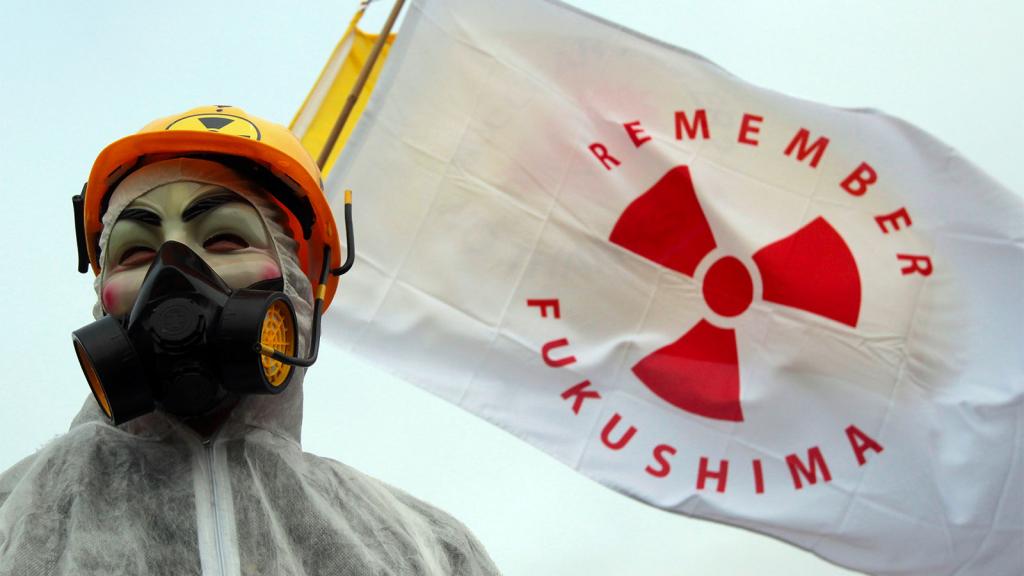When President Trump signed a $1.4 trillion spending package in December to keep the government funded through 2020, there was a climate policy milestone buried in the budget. For the first time ever, the government allocated funding for a federal agency to conduct geoengineering research.
A line item in the National Oceanic and Atmospheric Association’s budget provides the agency with at least $4 million to study the stratosphere, the second layer of the atmosphere up from the earth. That kind of research already falls within the agency’s purview, but the language in the bill continues, “including the impact of the introduction of material into the stratosphere from changes in natural systems, increased air and space traffic, proposals to inject material to affect climate, and the assessment of solar climate interventions” (emphasis added).
Simultaneously, Democratic Representative Jerry McNerney of California introduced a bill that would bolster this new mandate by creating a formal solar climate intervention research program at NOAA and making the agency responsible for the oversight of proposals to conduct climate geoengineering experiments in the United States.
For geoengineering critics, the earmark and McNerney’s bill might sound like cause for alarm. But experts and policymakers say that these twin developments represent not an endorsement of geoengineering proposals but an acknowledgment that they exist — and a desire to know more about their benefits and drawbacks.
“This is, I think, one of the tools we might need,” Representative McNerney told Grist. “So we need to develop the scientific understanding, a firm understanding, of what it means and what the risks are so that we can decide if it’s something we want to use or not.”
Geoengineering is a broad term that can refer to many activities that alter Earth’s natural systems, but it’s typically thrown out to describe controversial schemes to cool the planet. Scientists tend to favor the more precise term “climate interventions,” with much of the discussion centering on a method called solar radiation management. This strategy involves changing the albedo, or reflectivity of the stratosphere, so that more sunlight is reflected back into space before reaching the earth. This already happens when sunlight bounces off of clouds, or when volcanoes erupt and emit fine particles into the sky, so scientists have proposed artificially reproducing the same effect by spraying a thick shroud of particles into the stratosphere.
The main benefit to this kind of intervention is that we would see the results fast. Other plans that focus on removing carbon from the atmosphere, like planting trees or using direct-air carbon capture technology, would counteract global warming over decades, but changing the albedo of the stratosphere could reduce heat in the climate system within a few years. It’s also estimated to be a much cheaper approach.
Critics of geoengineering often argue that it doesn’t address many of the problems that greenhouse gas emissions create, or that it might be used as a ploy by the fossil fuel industry to weaken efforts to cut emissions, or that we simply shouldn’t be messing with nature.
Kelly Wanser, the executive director of the nonprofit SilverLining, which collaborated with McNerney on the bill, recognizes that geoengineering is scary. She told Grist there are two main reasons we should still try to understand the effects of solar radiation management. “You might study them because you think this could be an important policy against really rapid climate change,” she said, “or you could study them because some other country will wrongly think that, and you need to prove to them that this is a very bad idea.”
McNerney’s bill is still in early stages. It’s been sent to the House Committee on Science, Space, and Technology, and McNerney is currently looking for cosponsors. A formal geoengineering program at NOAA could still be years away.
But even without one, the new infusion of cash will enable NOAA to conduct much-needed “baseline” research. There is still a lot that scientists don’t know about the current chemistry of the stratosphere. If we someday decide to go down the path of spraying material into the atmosphere, having better models of the chemistry of the stratosphere will help predict the outcomes.
“That’s really how I interpret this money,” Dave Fahey, director of NOAA’s Chemical Science Division, told Grist. “It’s not so much to study geoengineering or climate intervention, it’s to understand the stratosphere as it exists today, the trends in the stratosphere over time, and how the stratosphere is changing due to other causes like climate change.”
Fahey is a co-chair of the Scientific Assessment Panel of the Montreal Protocol, an international agreement to protect the ozone layer. Every four years the panel reviews the science of ozone depletion, and in their next report, they plan to consider the potential effects of solar radiation management, which Fahey said could disturb the ozone layer.
McNerney and Fahey point out that we only have one atmosphere, and geoengineering research demands international cooperation to prevent any one nation from striking out alone and screwing it up for the rest of us. But in the absence of Montreal Protocol–style cooperation on geoengineering, Fahey said Congress has an interest in getting more precise measurements and increased observations of the stratosphere in order to detect changes, in case another nation decides to try something.
McNerney’s bill also takes a baby step toward addressing the issue of governance by imbuing NOAA with oversight responsibilities. The agency would not have any regulatory power, but anyone planning a climate engineering experiment would be required to report it to NOAA, and the agency would assess proposals for factors like safety and whether they would produce meaningful results.
Right now, scientists are nowhere near considering large-scale geoengineering experiments. Harvard’s highly anticipated SCoPEx project, which has been sold as the “first sun-dimming experiment,” will only inject between 100 grams and 2 kilograms of material into the stratosphere, and aims simply to study how particles interact with one another in order to improve models. It will cost at least $3 million. We are still many years and many dollars away from using geoengineering as an easy way out of climate catastrophe.
“Sometimes people think, ‘well, these things are scary and we’ll pull this out of our back pocket at the last minute if we need to,’” said Wanser. “But there’s nothing in your back pocket if you don’t do 5 or 10 years of real science to try to figure it out.”



